Environmental standards
Kangaroo Island Plantation Timbers is committed to maintaining the highest standards of environmental stewardship.
KIPT maintains contact and liaises with a variety of agencies, including Biosecurity SA, Environment Protection Authority, Department for Environment and Water, and Landscapes Kangaroo Island.
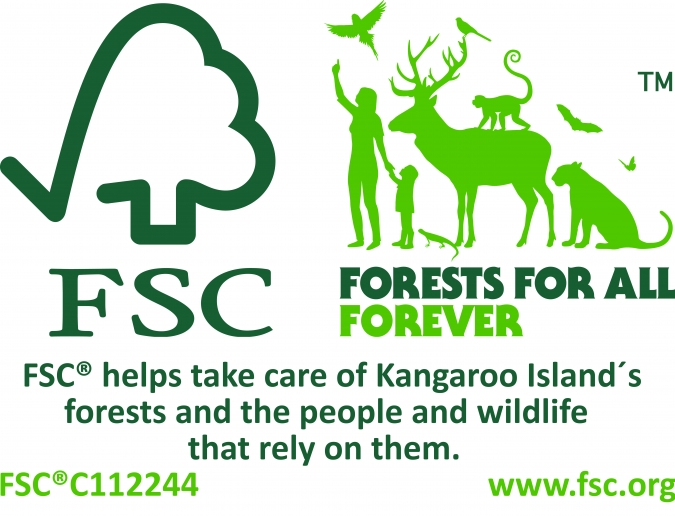
The Company’s timber plantations are accredited under the Forestry Stewardship Council scheme.
FSC® certification means that the Company’s timber and, subject to chain of custody arrangements, all products that are produced from the fibre and lumber it provides, are able to be accredited under the FSC® scheme. FSC® certification is independent recognition of the company’s commitment to operate to the highest environmental standards in the unique environment of Kangaroo Island.
KIPT thanks PF Olsen Australia, its forestry management partner, for overseeing the audit and certification process.
Read more here
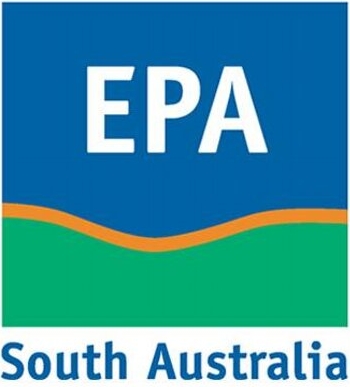
As part of its commitment to the environment, KIPT also ascribes to various certifications, such as an EPA licence to operate timber treatment plant at the Timber Creek Mill.
List of environmental studies
Below is a list of studies either completed or ongoing, which are available as part of the Environmental Impact Statement for the development at Smith Bay.
- Water quality monitoring.
- Wave, tide & current monitoring
- Coastal processes modelling
- Seabed core sampling – permit issued
- Whale strike probability modelling
- Maritime heritage assessment
- Marine ecology study
- Terrestrial ecology study
- Soil and groundwater study
- Berth harmonics study
- EPBC matters
- Specialist adviser on aquaculture – Professor Anthony Cheshire

Water quality monitoring since start of 2017
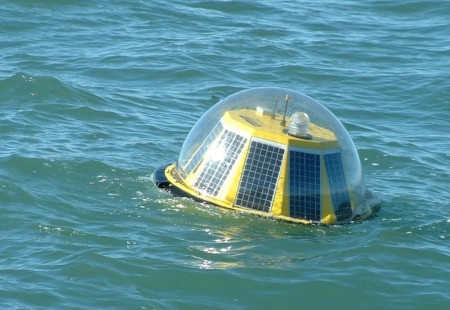
Wave, tide & current monitoring from June 2016
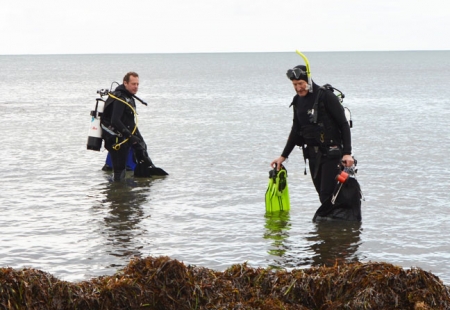
Marine ecology study
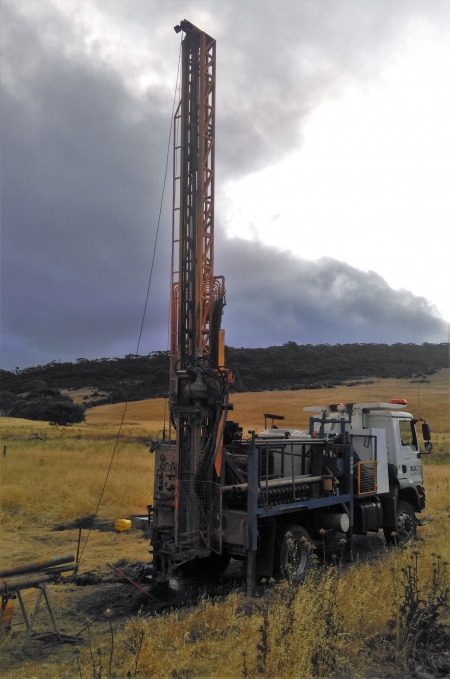
Geotechnical testing at Smith Bay
Working with others
The company works with agencies and community groups on Kangaroo Island in a number of projects that support the natural environment.
Of the 25,400 hectares of land owned by KIPT, 7300ha (or 29 per cent) is remnant native vegetation within the plantations, which provides important habitat to many species.
KIPT responded to an urgent call by the Kangaroo Island Natural Resources Management Board for support for its Glossy Black-Cockatoo Recovery Program. The company has provided almost $100,000 so far in sponsorship to ensure the program continues. Read more here
KIPT has joined the Kangaroo Island Conservation Landholders Association. The group aims to bring together Island landholders who own land for conservation purposes. We hope through this group to contribute to the conservation of land and the species it supports.
KIPT has also given permission for Land for Wildlife to access its properties to survey for the KI dunnart, which is a flagship species on the island and is one of the 20 mammal species identified for priority action in the Australian Government’s Threatened Species Strategy. Its current distribution and population on Kangaroo Island is unknown and difficult to estimate due to its elusive habits. The KI dunnart is only known from a total of 35 records and six current locations, all of which are within Flinders Chase National Park.
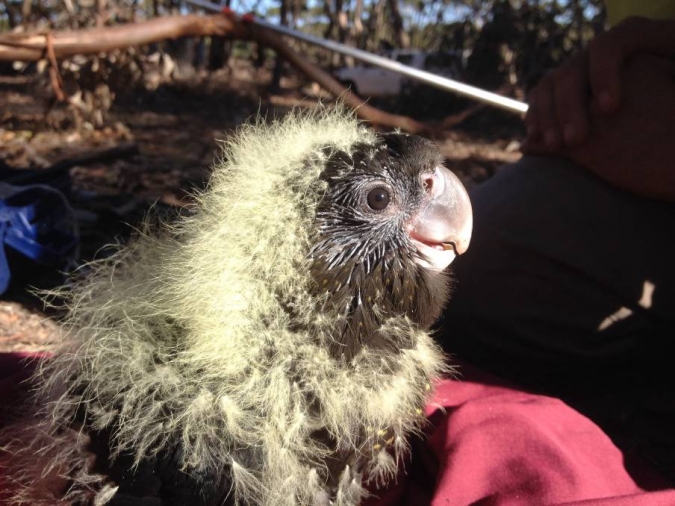
Glossy black-cockatoo chick on a plantation property.
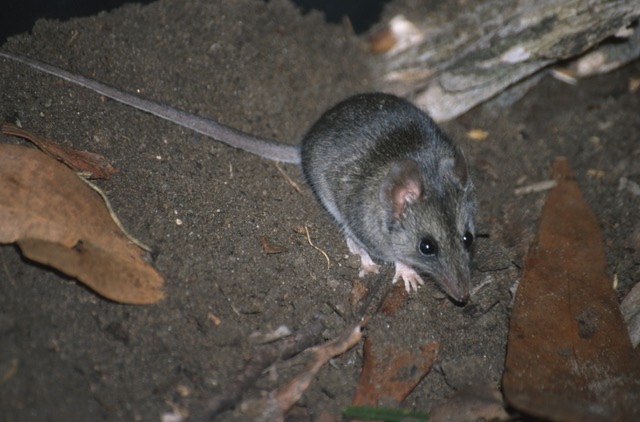
Kangaroo Island Dunnart Sminthopsis aitkeni, taken by Jody Gates
Birds in our plantations
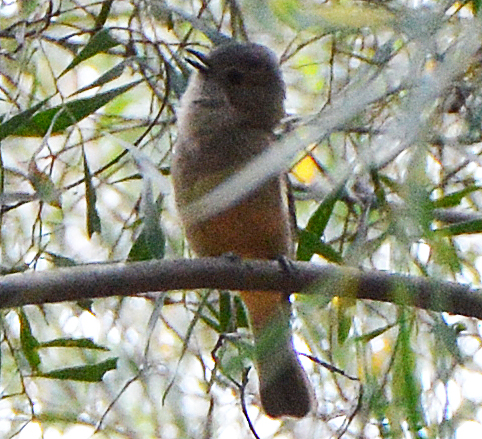
Surveys on Kangaroo Island Plantation Timbers properties have shown that the remnant vegetation on the plantation properties is providing valuable habitat for birdlife.
KIPT’s plantations were visited in November 2018 by the 22 volunteer surveyors. More than 85 surveys were completed, across 37 different properties or control sites, and co-ordinated by Birdlife Australia.
Overall, 38 different bird species were seen, the top five most commonly reported being Red Wattlebird, Crescent Honeyeater, Superb Fairy-wren, Brown Thornbill and Grey Currawong.
Average abundance was highest within the remnant habitat, with generally high numbers of birds observed in the plantation properties. A Shannon Diversity Index was calculated for each transect, and the average (mean) index value calculated for each of the three transect types.
Remnant habitat patches recorded the highest Shannon Index, indicating that these remnant patches may be playing an important role in maintaining bird diversity at a landscape level.
KIPT owns about 25,000ha of land on Kangaroo Island, of which about 7000ha is remnant vegetation.
Dr Holly Kirk of Birdlife Australia presented her findings at the recent annual Australian Ornithological Conference in Darwin.
“The number of volunteer surveyors was encouraging and hopefully will be maintained next year,” Dr Kirk said.
KIPT Director – Community Engagement Shauna Black thanked all the volunteers who gave their time to do the surveys. She said suggestions to expand the surveys to include farmland would be considered in future years.
You can read the summary report of the survey here. KangarooIsland2018_QuickSummary
And the full report here. BirdsInPlantations_2018_KangarooIsland
And see the conference poster Plantation birds – Poster for the conference
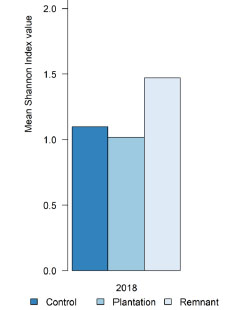
.
Bushfires 2019-20
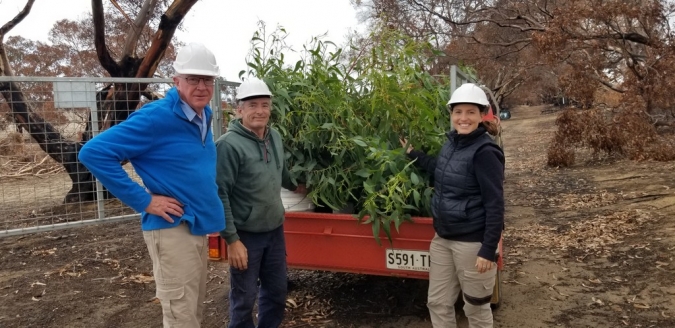
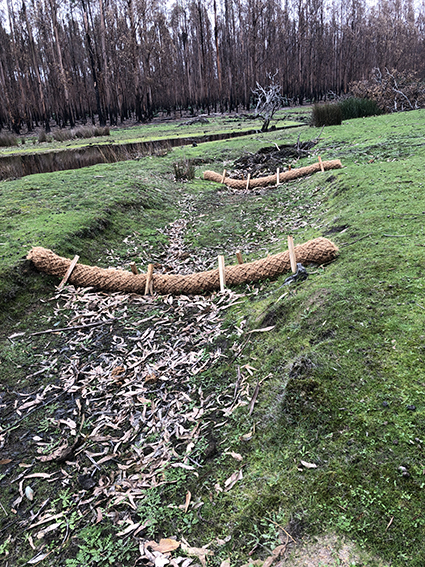
During and since the bushfires of the 2019-20 summer, KIPT has allowed access to its plantations for a variety of community and environmental activities. These include:
- Allowing volunteers to rescue injured and stranded koalas and other wildlife
- Providing food for koalas being rehabilitated at other sites
- Allowing release of koalas into unburnt sections of bluegums.
- Providing access to dams and infrastructure to pump water for stock and for fire-fighting.
- Allowing access to bund creeklines with coir matting to prevent silt washing into waterways.
- Surveys by Birdlife Australia.
- Studies of fire impact on built structures – by University of South Australia